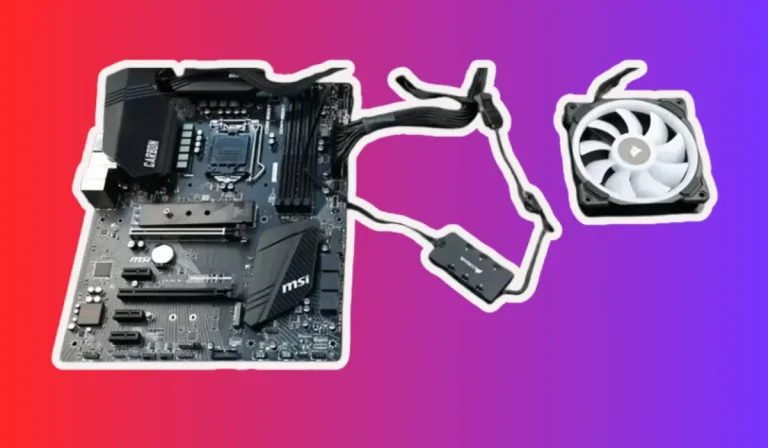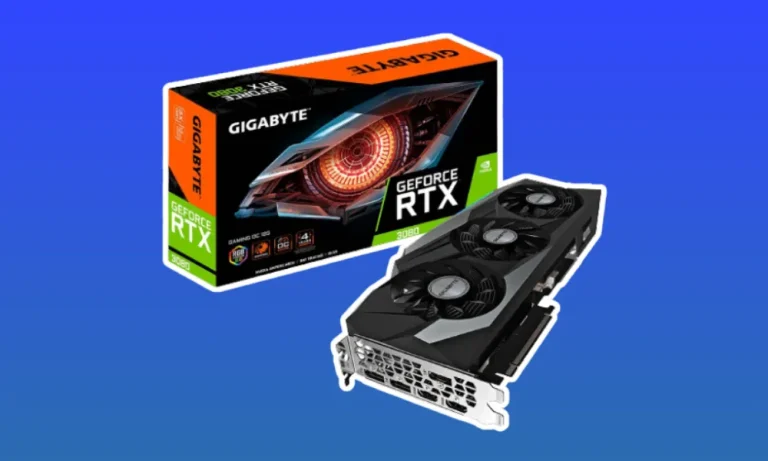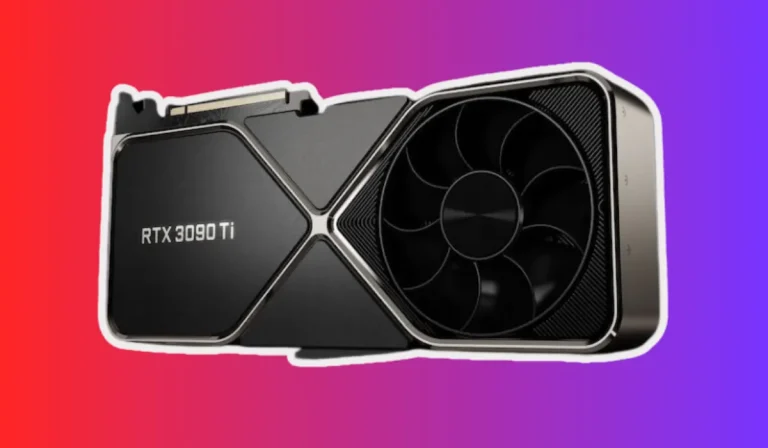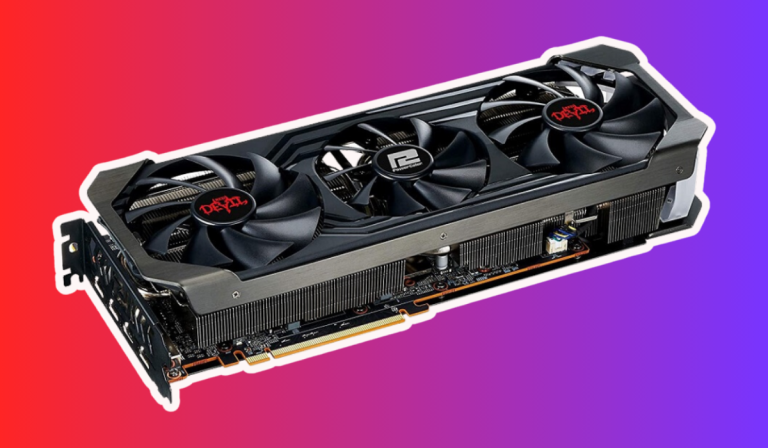How Hot Can a GPU Run Without Damage?
Meta Description: Discover the safe operating temperatures for your GPU and avoid potential damage. Learn how to monitor and optimize GPU temperature for optimal performance.
Are you curious about how hot your GPU can safely run without causing any damage? Understanding the temperature limits of your graphics processing unit (GPU) is crucial for maintaining optimal performance and preventing potential harm. In this guide, we’ll explore the safe operating temperatures for GPUs and provide valuable insights to help you keep your system running smoothly. Let’s dive in!
Safe GPU Temperature Ranges
Your GPU, like any other electronic component, operates within specific temperature limits. These limits help ensure the GPU functions properly without risking damage or performance degradation. Here are the key temperature ranges to keep in mind:
Idle Temperature Range
When your GPU is not under heavy load, such as when your computer is idle or performing light tasks, the temperature should ideally be between 30°C to 50°C. This fantastic range indicates that your GPU is in a relaxed state and not working too hard.
Load Temperature Range
The temperature can rise significantly when your GPU is under heavy load, such as during intense gaming or rendering tasks. However, it’s important to keep the temperature within a safe range.
Typically, the load temperature should stay below 85°C. Going beyond this temperature can lead to thermal throttling, which reduces performance to protect the GPU from overheating.
It’s worth noting that different GPUs may have slightly different temperature thresholds. Always refer to your GPU manufacturer’s guidelines and specifications for the precise temperature ranges specific to your model.
To monitor your GPU temperature, you can utilize various software tools that provide real-time temperature readings. Keeping an eye on the temperature during demanding tasks can help you take necessary precautions if the temperature exceeds safe limits.
Factors Affecting GPU Temperature
Several factors can impact the temperature of your GPU, causing it to run hotter than desired. Understanding these factors is crucial for maintaining optimal operating temperatures and preventing potential damage to your graphics card. Here, we will explore the key factors that can affect GPU temperature and provide practical tips to help you optimize it.
Ambient Temperature
The temperature of the environment where your computer is located can directly influence your GPU’s temperature.
Higher ambient temperatures can make it more challenging for your GPU’s cooling system to dissipate heat effectively. Ensure that your computer is placed in a well-ventilated area with adequate airflow to prevent excessive heat buildup.
Case Airflow
The airflow within your computer case plays a significant role in regulating GPU temperature. Proper cable management, strategically placed case fans, and efficient airflow design can help remove hot air from the case and ensure cool air reaches your GPU. Consider optimizing your case airflow to enhance cooling efficiency.
Dust Accumulation
Over time, dust can accumulate on your GPU’s cooling components, such as the fans and heatsinks. This buildup can impede airflow and hinder heat dissipation, leading to higher GPU temperatures.
Regularly clean your computer’s internals, including the GPU, to prevent dust accumulation and maintain optimal cooling performance.
Overclocking
Overclocking your GPU involves pushing it beyond its factory-set speeds to achieve better performance. However, overclocking generates more heat and can significantly increase GPU temperature.
If you engage in overclocking, ensure that you have adequate cooling solutions in place to manage the increased heat output.
GPU Temperature Monitoring Tools
Monitoring your GPU’s temperature is essential for ensuring optimal performance and preventing overheating. Fortunately, there are various software tools available that allow you to keep a close eye on your GPU’s temperature in real time. To effectively monitor your GPU’s temperature, you can rely on the following tools:
MSI Afterburner
MSI Afterburner is a widely used and highly regarded GPU monitoring tool. It provides real-time temperature readings, along with other vital information like GPU usage, clock speeds, and fan speeds. You can also set custom fan curves to adjust cooling performance based on temperature thresholds.
HWMonitor
HWMonitor is another popular choice for monitoring GPU temperature. It offers a user-friendly interface and displays temperature and other hardware information straightforwardly. HWMonitor supports a wide range of GPUs and provides accurate readings for effective temperature management.
GPU-Z
GPU-Z is a lightweight yet powerful GPU monitoring tool. It provides detailed information about your GPU, including temperature, clock speeds, memory usage, and more. GPU-Z is known for its simplicity and reliability, making it a great choice for beginners and advanced users alike.
Open Hardware Monitor
Open Hardware Monitor is a free and open-source software that allows you to monitor various hardware components, including your GPU. It provides detailed temperature readings, customizable sensor layouts, and the ability to log data for future analysis.
FAQ’s
1. How hot can a GPU run without damage?
GPUs are designed to operate within a specific temperature range. Most modern GPUs can safely run between 60 to 85 degrees Celsius (140 to 185 degrees Fahrenheit) without causing any damage.
2. What happens if a GPU exceeds its maximum temperature limit?
When a GPU surpasses its maximum temperature limit, it can lead to thermal throttling, where the GPU reduces its clock speed to lower the temperature. This can result in decreased performance and potential instability.
3. Is it normal for a GPU to get hot during intense gaming or heavy graphics workloads?
Yes, it is normal for a GPU to heat up during demanding tasks. GPUs generate heat when processing complex graphics. As long as the temperature remains within the safe operating range, there is no cause for concern.
4. How can I monitor my GPU’s temperature to ensure it stays within safe limits?
You can use GPU temperature monitoring software, such as MSI Afterburner or HWMonitor, to keep track of your GPU’s temperature in real time. These tools provide accurate readings and help you identify any potential overheating issues.
5. What can I do to prevent my GPU from running too hot?
To prevent your GPU from running too hot, ensure proper airflow within your computer case by maintaining clean and dust-free components. Consider adding additional case fans for better cooling.
Conclusion
GPUs can safely run between 60 to 85 degrees Celsius without causing damage. However, it’s important to monitor their temperature to prevent overheating and performance issues.
By using GPU temperature monitoring tools and ensuring proper cooling measures, you can keep your GPU running smoothly and enjoy uninterrupted gaming or graphics work. Stay cool and game on!




